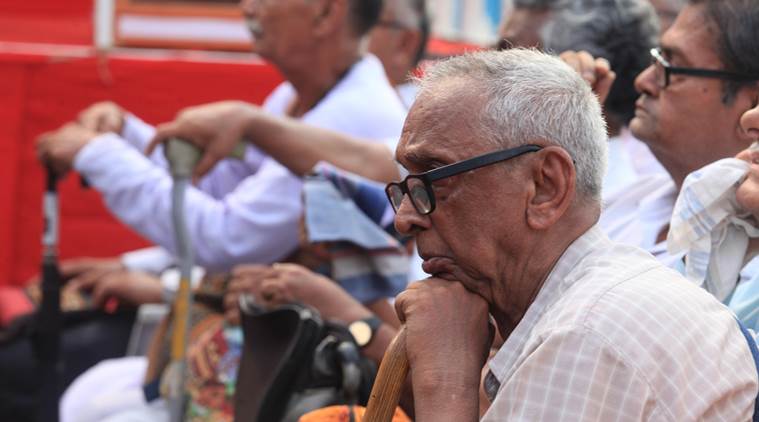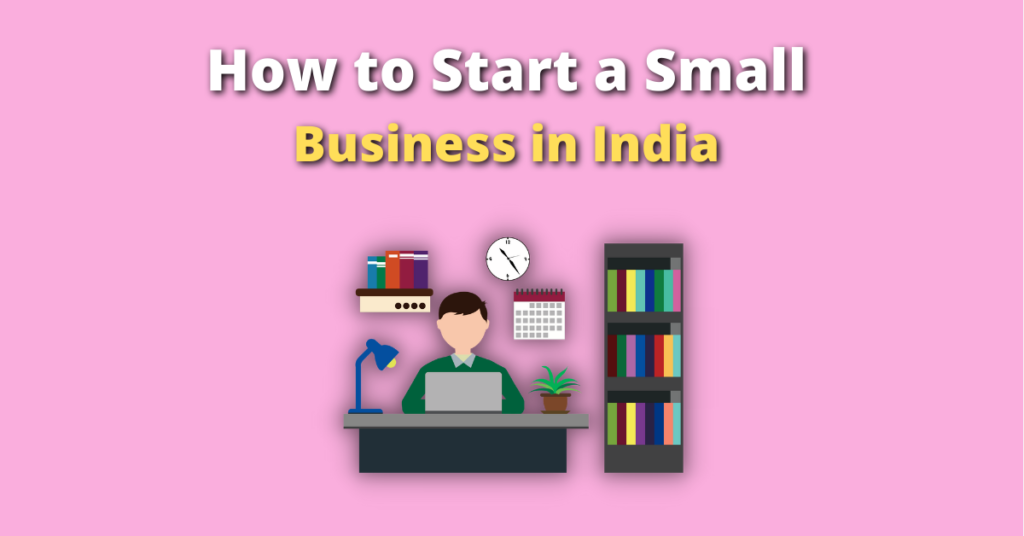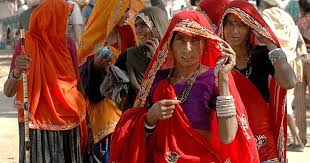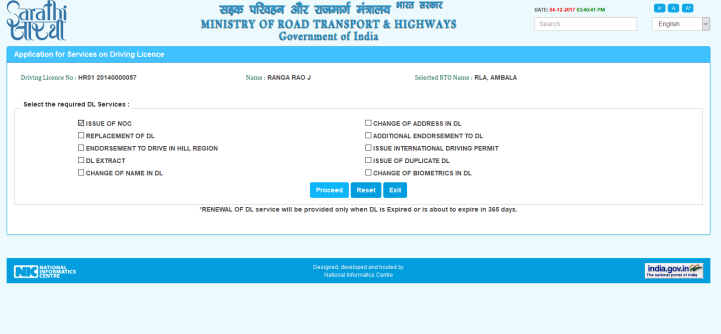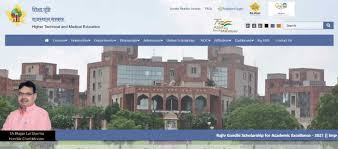Marriage registration is a crucial legal process in Rajasthan that provides official recognition to a marital union. The Rajasthan Government’s Registrar of Marriages oversees the registration procedure, which is simple and mandatory under the law. Couples can register their marriages online or offline by submitting the required documents, including age proof, residence proof, and wedding invitation card. Acts for Registering Marriage in Rajasthan Marriages performed within the borders of the enchanting state of Rajasthan are governed by either the Hindu Marriage Act, 1955, or the Special Marriage Act, 1954. The registration process for these marriages can be conducted online or through designated Registrar offices. Upon successful registration, a marriage certificate is issued, providing legal recognition to the union Hindu Marriage Act, 1955 Marriages Performed under Hindu Customs: The act is applicable to marriages solemnised as per Hindu customs and rituals. Bride and Groom Should be Hindus: Both the bride and the groom must be Hindus to fall under the purview of this act. Age Requirements: The groom should be at least 21 years old, and the bride should have attained the age of 18 at the time of marriage. Jurisdiction of Registering Officer: The jurisdiction of the Registering Officer in Rajasthan should cover one of the following places: Residence of the groom Residence of the bride Place of solemnisation Special Marriage Act, 1954 To register a special marriage in Rajasthan, the following criteria must be met: Age Requirements: The groom must be at least 21 years old, and the bride should have completed 18 years at the time of the marriage ceremony. Registration Places: Special marriages can be registered at any of the following locations: Registrar Officer in the residence of the groom Registrar Officer in the residence of the bride Registrar Officer at the place of solemnisation Notice of Intended Marriage: For special marriage registration, a notice of intended marriage is first issued. If there are no objections to the marriage within 30 days from the notice, the marriage is registered. Benefits of Applying for Marriage Registration Rajasthan Proof of Marriage: The marriage certificate serves as official proof of the marital union between a woman and her spouse, providing legal recognition to their relationship. Social Security and Confidence: For a married woman, having a valid marriage certificate instils a sense of social security and self-confidence, as it attests to her legally recognised marital status. Financial Benefits: The marriage certificate plays a crucial role in claiming various financial benefits, such as bank deposits or insurance-related benefits, for a spouse after the death of the policyholder in the absence of any nomination. Passport Application: The marriage certificate is essential for applying for a passport under the Tatkal scheme. Additionally, it facilitates the process of changing the spouse’s name in the passport. Legal Recognition: The marriage certificate provides legal recognition to the marriage in various official and legal processes, making it a vital document for several administrative and legal matters. Property Rights: The marriage certificate establishes the legal basis for property rights and inheritance, safeguarding the interests of both spouses in matters of assets and properties. Visa and Immigration: The marriage certificate is often required for visa and immigration applications, making international travel and settlement smoother for married couples. Children’s Rights: A valid marriage certificate is essential for establishing parental rights and responsibilities, ensuring the welfare and rights of any children born within the marriage. Social and Cultural Functions: The marriage certificate is frequently required for participating in social and cultural functions, formalising the couple’s presence as a married unit in various events. Legal Protection: Having a registered marriage certificate provides legal protection to the couple’s rights and interests, offering recourse in case of any disputes or disagreements. Documents Required Age proof of both the groom and the bride. Address proof such as Ration card, Voter ID, Passport, or driving license. Additional address proof like Aadhaar Card, PAN Card, and Voter ID. Joint photograph of the couple. Completed application forms. Affidavit. Applying for Marriage Certificate through eMitra Centre Step 1: Complete the Application Form and Affix Photos: Begin by filling out the application form with all the necessary details. Affix recent photographs of both the bride and the groom as required. Step 2: Provide Details in Affidavit: Prepare an affidavit providing relevant details about the marriage, including the date, place of solemnisation, and the names of the bride and groom. Step 3: Visit the eMitra Centre: Head to the nearest eMitra centre in your location. Present the completed application form, affidavit, and all other required documents to the service centre representative. Step 4: Obtain the Application Receipt: After submitting the application and necessary documents, you will receive a receipt from the eMitra centre. This receipt acknowledges the submission of your application. Step 5: Collect the Marriage Certificate: Once the Registrar approves the application and verifies the provided information, you can collect the official marriage certificate from the Registrar’s office. FAQs What is Marriage Registration in Rajasthan? Marriage Registration is the process of legally recording a marriage between two individuals under the relevant laws in India. In Rajasthan, marriage registration is mandatory to obtain a legal acknowledgment of the marriage, which is essential for various legal and administrative purposes. Is It Mandatory to Register a Marriage in Rajasthan? While marriage registration is not mandatory under religious laws, it is highly recommended to ensure that the marriage is legally recognized. For couples who marry under the Special Marriage Act, marriage registration is compulsory.
